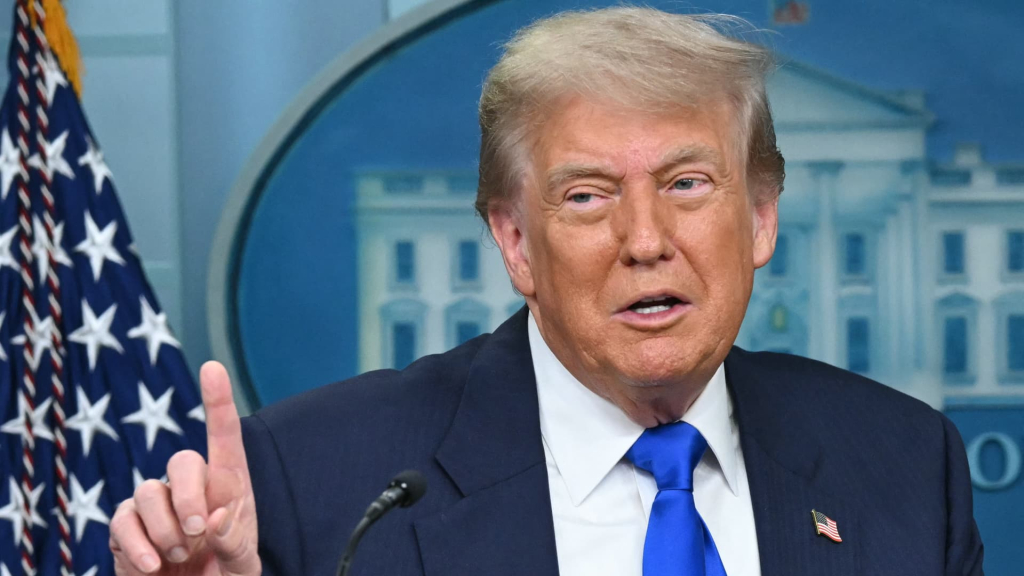During a press conference on Friday, President Donald Trump indicated that the July deadline for reinstating significant tariffs on numerous countries might not be as firm as previously stated.
“No, we can do whatever we want,” Trump asserted in response to a question about whether the July deadline was immutable. “We could extend it. We could make it shorter.”
This inquiry specifically pertained to July 9, when the U.S. and European Union are expected to negotiate a trade agreement. Failing that, a hefty 50% tariff on EU imports will take effect.
However, the president’s comments seemed to address a separate deadline of July 8, when a temporary three-month pause on his “reciprocal tariffs” will end, leading to substantial increases in country-specific tariff rates.
Despite Trump’s apparent openness regarding the deadlines, the executive order he issued on April 9 remains unchanged unless he formally updates it.
This executive order established a uniform 10% tariff for 90 days, which was clearly intended to lapse after three months. Without a revision, these tariffs will revert to their previously elevated rates within 12 days.
The potential reinstatement of these tariffs could significantly affect a range of U.S. trading partners and may echo the global economic upheaval triggered by Trump’s initial tariff announcements back on April 2.
When unveiling these substantial import duties, some nearing 50%, Trump caught many countries off guard, dubbing the day of implementation as “liberation day.”
The immediate aftermath included turbulent markets, widespread criticism, and concerns voiced by investors, world leaders, and importers. A week later, Trump declared a 90-day suspension on the new tariff rates.
The Trump administration initially indicated plans to negotiate individual trade agreements with a multitude of nations in the interim. Yet, as the 90-day pause nears its conclusion, limited agreements have only been reached with China and the United Kingdom.
Both accords have been characterized more as frameworks than completed transactions. Earlier on Friday, China’s Commerce Ministry confirmed that details of the trade framework negotiated with the U.S. had been finalized.
“We’ve made a deal with probably four or five different countries,” Trump stated on Friday. However, he also noted that “We have 200 countries, you could say 200 countries plus,” still facing potential tariffs from the April measures.
“So at a certain point, over the next week and a half or so, or maybe before, we’re going to send out a letter. We talked to many of the countries, and we’re just going to tell them what they have to pay to do business in the United States, and it’s going to go very quickly,” Trump elaborated.
His recent statements align with comments from other administration officials indicating that the July tariff deadlines are subject to change.
“Perhaps it could be extended, but that’s a decision for the president to make,” said White House press secretary Karoline Leavitt on Thursday.
In late May, a federal trade court invalidated the tariffs, asserting that the law Trump cited did not provide him with the authority he claimed. However, a federal appeals court has temporarily stayed the implementation of that ruling.


























